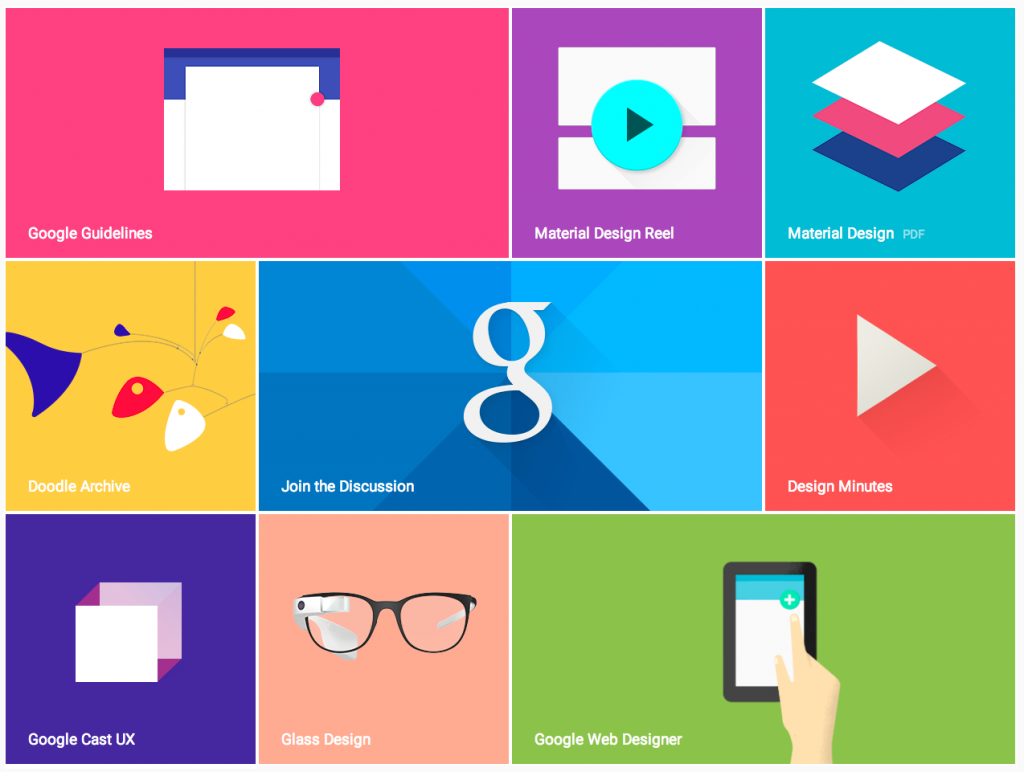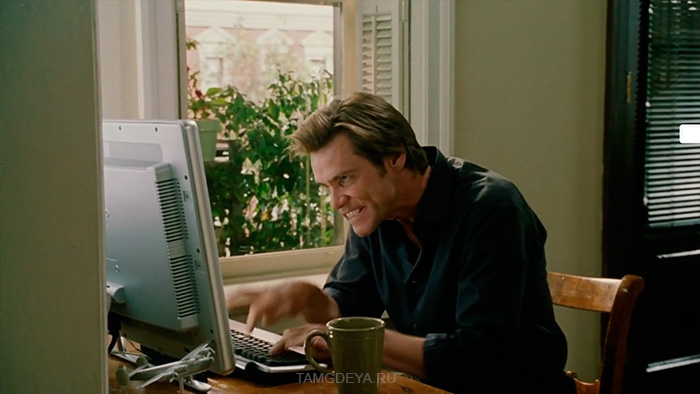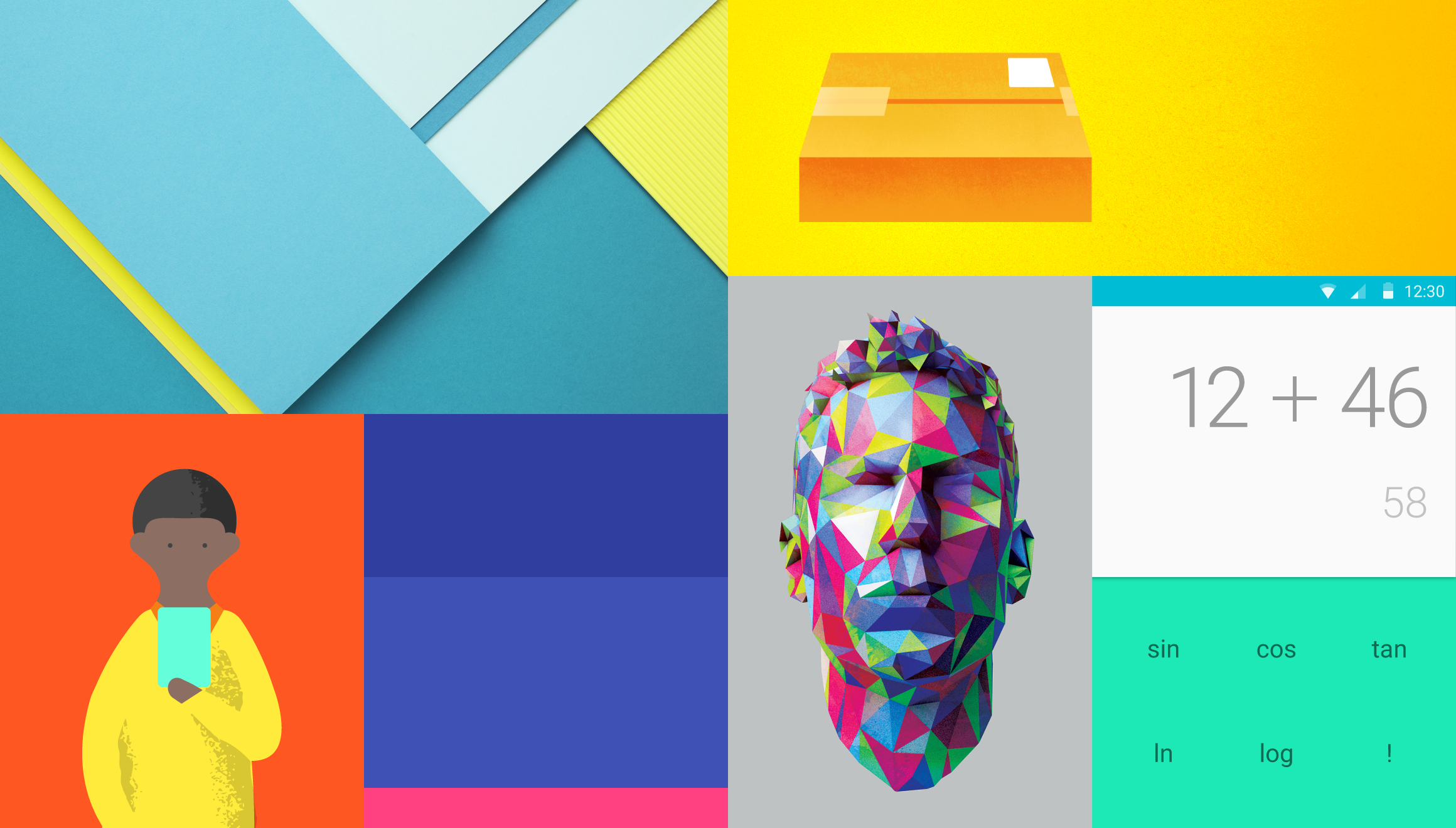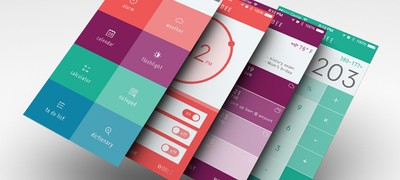Separate UI from UX
Today, it is often possible to see how initially very different interface design (UI) and user behavior (UX) specializations are combined into a single profession with the help of a stingy employer. In this review, I will try to reflect on the topic, why there is nothing more distant and opposite in meaning, and that an attempt to combine such different lines of activity in oneself will more likely lead to an internal conflict or even split the personality of your specialist, rather than the appearance of a quality product.

Let's start immediately with the main thing - any design of any site, designed in perfect material-design guides and polished to the pixel - can annoy the user. Maybe your illustrator cannot do anything about it, even if he paints more ingeniously than Surikov and Aivazovsky put together. Because it draws lifeless, lifeless pictures - and the person is a huge complex of past experience, impressions, emotions and urgent concerns, which, if we speak frankly, deeply spit on the trendy trends in micro-animation this year. He just lives completely in hellish problems that are not solved by the exact selection of colors.
Here is the simplest case for thinking: suppose a man, the head of the family, needs to buy new boots for his wife, or a new wallpaper in a bedroom, or find a scooter for a child. Through a search or advertising, through a saved link in the browser or something else - but this very person gets on the most ideal site in the world - on your site. And you are already a priori convinced that he is absolutely happy, because he saw your creation?
')

Nothing could be farther from reality! Let us think about it - this is a person who is facing urgent expenses, and instead of buying a long-desired Xbox, he should set aside money for his immediate needs from the family budget, pushing his long-cherished dream. Or maybe the user just wants to lie on the couch with a beer, well, or go to the sauna with friends - but his wife has been brainwashing him about the wallpaper for a month, the child aches about the scooter, and his mother-in-law - about the new saucepan.
And here, after all this, our character sees the ideal rounds at your button, the perfect font and the unattainable ideal of the logo - have you presented it? Yes, your interface may be perfect, but all that a typical user wants now is to strangle his relatives, give a face to an impudent boss at work, and leave as a volunteer in warm Turkey, away from all this annoying commotion. And he makes a purchase (if he does at all) precisely at your place, not because he instantly becomes an ardent fan of flat design, but to get rid of even a couple of hours of his annoying wife. This is the effect of this material design - that is, the effect of the material world.

I emphasize once again: you can spend several hundred thousand rubles for illustrations and branding, to produce huge material costs for a quality UI, but in the material world of a living UX you can’t cause the slightest empathy in a living person, who will have to spend his money, his time, your nerves
Or here is from the pressing: the illustrator can draw the perfect warehouse application for tablets and phones. But living people will curse these UI-arts 24 hours a day, not at all because there is little flat, but because it is torture and nothing else to stand for hours in an unheated warehouse and poke into a tablet or smartphone at minus 40 degrees.

Now it seems to you that in my strange interpretation, working with real UX for real people is generally an unattainable ideal, which in principle cannot be improved? Actually and how, but not always this is achieved by visual effects. Consider another example:
Of course, you can create the perfect interface for any website of public services and draw a page for obtaining a passport so that Michelangelo himself begins to cry with envy, but the real human UX will also consist of hate and rejection. How so, why, tried in vain?
Yes, because the picture we have drawn does not come down to the nearest department for you, does not sweat in a line, and does not hear enough of the blasphemy from ordinary employees who have been working there since the days of Ivan the Terrible. The Photoshop interface never solves problems, the graphics do not have miraculous powers, and the illustration material is not capable in principle of solving the real problem of people in the material world. Sites do not even mirotochat, where they really need more tangible achievements.
For example, I would add that from the point of view of UX, an ideal for a public services website would be a red inscription on a green background (Comic Sans font only), which says:
Citizens of Russia, we suddenly decided to stop the sadistic mockery of you and decided to deliver the finished international passports and visas to your home (or to work, if you like) within three days. In general, everything you want, including pizza. Yes, we began to work, and not just to quench our craving for human torture for the state account.
This will be the true understanding of UX, the true one. But to draw this on the site will be able to any primary schoolchildren. It turns out that all people in the world are experts on UX? It turns out that it is, otherwise why would they be invited to focus groups for testing?

By the way, if the company does not have a special testing laboratory, and at least a dozen of checks on the focus group are clearly not specified in the technical process and development budget of any system (and with dozens of measurable characteristics that will be used to evaluate the best option), then there are no UX, none at all.

Without the practice of weekly tests, there is no point in writing the combined skill UI \ UX, it will be just a small fraud. That is, the name indicates the user as a full participant in the process, but in fact everything is decided by the Customer (or Artdir) in splendid isolation, based on the profound “like - dislike”. Well, or in turn, he imagines himself as different users, trying to cover the needs of a focus group of 15 people with one person.
Yes, it just so happens that today many UX experts are writing 90% of their work time, they have great skills in retouching, color casting, calligraphy - but they don’t involve the end user either in the initial analysis of the environment or in the final assessment of their own work . Then the true UX is not the second specialization after the skill of working in a graphics editor, but the enemy is such unfortunate illustrators; skill with which they struggle each their working day. And the greatest subconscious desire of such “specialists” on UI \ UX is not at all getting feedback and emotions from a live experience of interacting with a freshly painted information system, but removing programmable zombies who without reasoning will be ready to buy anything, seeing the desired picture, performed clearly on the guides, hypnotizing the person and blocking his free will.
As you understand, it’s just impossible to draw pictures at the same time all conscious life and seriously argue that “the absence of a graphical interface is the best interface”. Such mutually exclusive conversations, and even at crowded Russian-language design conferences - can trigger a universal paradox and collapse our reality to a point.

Thus, there are no more distant specializations than the Psychologist of user needs and the Operator of the graphic editor, the possibility of splicing which into a single labor unit is the most harmful of illusions.

Let's start immediately with the main thing - any design of any site, designed in perfect material-design guides and polished to the pixel - can annoy the user. Maybe your illustrator cannot do anything about it, even if he paints more ingeniously than Surikov and Aivazovsky put together. Because it draws lifeless, lifeless pictures - and the person is a huge complex of past experience, impressions, emotions and urgent concerns, which, if we speak frankly, deeply spit on the trendy trends in micro-animation this year. He just lives completely in hellish problems that are not solved by the exact selection of colors.
Here is the simplest case for thinking: suppose a man, the head of the family, needs to buy new boots for his wife, or a new wallpaper in a bedroom, or find a scooter for a child. Through a search or advertising, through a saved link in the browser or something else - but this very person gets on the most ideal site in the world - on your site. And you are already a priori convinced that he is absolutely happy, because he saw your creation?
')

Nothing could be farther from reality! Let us think about it - this is a person who is facing urgent expenses, and instead of buying a long-desired Xbox, he should set aside money for his immediate needs from the family budget, pushing his long-cherished dream. Or maybe the user just wants to lie on the couch with a beer, well, or go to the sauna with friends - but his wife has been brainwashing him about the wallpaper for a month, the child aches about the scooter, and his mother-in-law - about the new saucepan.
And here, after all this, our character sees the ideal rounds at your button, the perfect font and the unattainable ideal of the logo - have you presented it? Yes, your interface may be perfect, but all that a typical user wants now is to strangle his relatives, give a face to an impudent boss at work, and leave as a volunteer in warm Turkey, away from all this annoying commotion. And he makes a purchase (if he does at all) precisely at your place, not because he instantly becomes an ardent fan of flat design, but to get rid of even a couple of hours of his annoying wife. This is the effect of this material design - that is, the effect of the material world.

I emphasize once again: you can spend several hundred thousand rubles for illustrations and branding, to produce huge material costs for a quality UI, but in the material world of a living UX you can’t cause the slightest empathy in a living person, who will have to spend his money, his time, your nerves
Or here is from the pressing: the illustrator can draw the perfect warehouse application for tablets and phones. But living people will curse these UI-arts 24 hours a day, not at all because there is little flat, but because it is torture and nothing else to stand for hours in an unheated warehouse and poke into a tablet or smartphone at minus 40 degrees.

Now it seems to you that in my strange interpretation, working with real UX for real people is generally an unattainable ideal, which in principle cannot be improved? Actually and how, but not always this is achieved by visual effects. Consider another example:
Of course, you can create the perfect interface for any website of public services and draw a page for obtaining a passport so that Michelangelo himself begins to cry with envy, but the real human UX will also consist of hate and rejection. How so, why, tried in vain?
Yes, because the picture we have drawn does not come down to the nearest department for you, does not sweat in a line, and does not hear enough of the blasphemy from ordinary employees who have been working there since the days of Ivan the Terrible. The Photoshop interface never solves problems, the graphics do not have miraculous powers, and the illustration material is not capable in principle of solving the real problem of people in the material world. Sites do not even mirotochat, where they really need more tangible achievements.
For example, I would add that from the point of view of UX, an ideal for a public services website would be a red inscription on a green background (Comic Sans font only), which says:
Citizens of Russia, we suddenly decided to stop the sadistic mockery of you and decided to deliver the finished international passports and visas to your home (or to work, if you like) within three days. In general, everything you want, including pizza. Yes, we began to work, and not just to quench our craving for human torture for the state account.
This will be the true understanding of UX, the true one. But to draw this on the site will be able to any primary schoolchildren. It turns out that all people in the world are experts on UX? It turns out that it is, otherwise why would they be invited to focus groups for testing?

By the way, if the company does not have a special testing laboratory, and at least a dozen of checks on the focus group are clearly not specified in the technical process and development budget of any system (and with dozens of measurable characteristics that will be used to evaluate the best option), then there are no UX, none at all.

Without the practice of weekly tests, there is no point in writing the combined skill UI \ UX, it will be just a small fraud. That is, the name indicates the user as a full participant in the process, but in fact everything is decided by the Customer (or Artdir) in splendid isolation, based on the profound “like - dislike”. Well, or in turn, he imagines himself as different users, trying to cover the needs of a focus group of 15 people with one person.
Yes, it just so happens that today many UX experts are writing 90% of their work time, they have great skills in retouching, color casting, calligraphy - but they don’t involve the end user either in the initial analysis of the environment or in the final assessment of their own work . Then the true UX is not the second specialization after the skill of working in a graphics editor, but the enemy is such unfortunate illustrators; skill with which they struggle each their working day. And the greatest subconscious desire of such “specialists” on UI \ UX is not at all getting feedback and emotions from a live experience of interacting with a freshly painted information system, but removing programmable zombies who without reasoning will be ready to buy anything, seeing the desired picture, performed clearly on the guides, hypnotizing the person and blocking his free will.
As you understand, it’s just impossible to draw pictures at the same time all conscious life and seriously argue that “the absence of a graphical interface is the best interface”. Such mutually exclusive conversations, and even at crowded Russian-language design conferences - can trigger a universal paradox and collapse our reality to a point.

Thus, there are no more distant specializations than the Psychologist of user needs and the Operator of the graphic editor, the possibility of splicing which into a single labor unit is the most harmful of illusions.
Source: https://habr.com/ru/post/271657/
All Articles